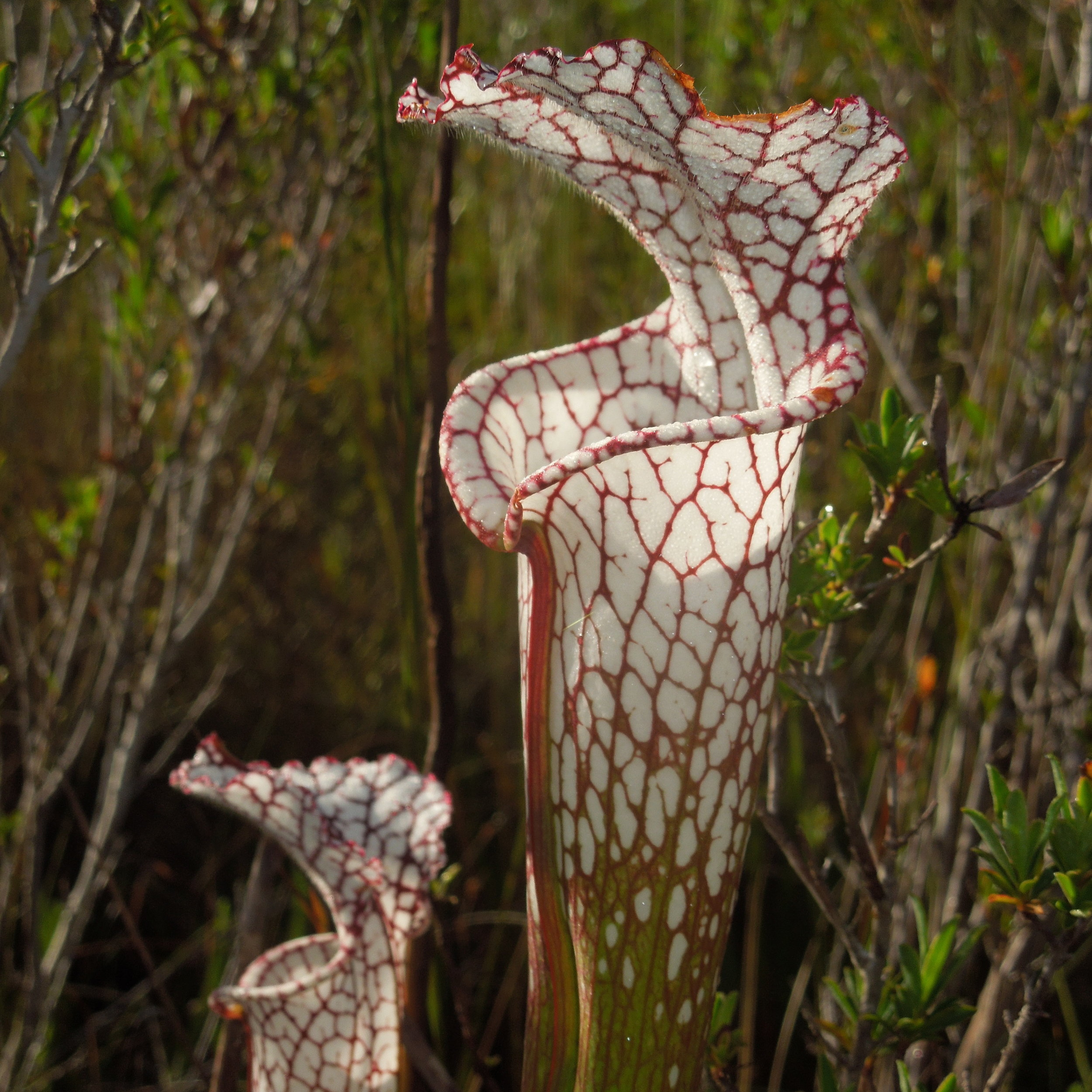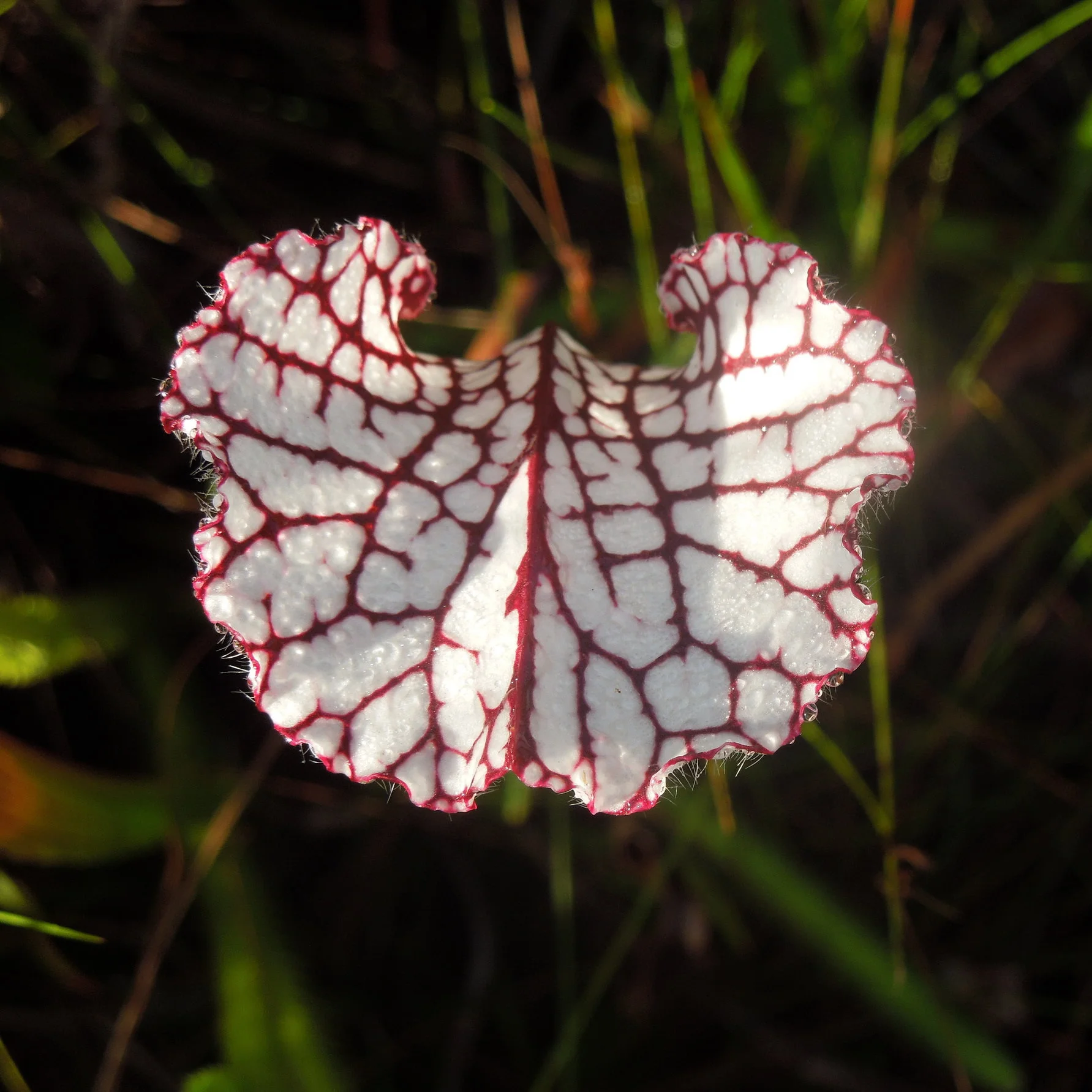We are increasingly becoming aware of the importance of camouflage in the plant kingdom. By blending in with their surroundings, some plants are able to avoid attention from hungry herbivores. Amazingly, a recent investigation in Hengduan Mountains of southwest China has revealed that it can also help plants avoid being harvested for the herbal trade.
Fritillaria delavayi is a tiny, alpine plant that grows among the rocky scree at high elevations in the Hengduan Mountains. It is a slow growing plant that can take upwards of 5 years to produce its first flower. It is also variable in its overall coloration. Some populations consist of plants with green leaves and bright yellow flowers, whereas other populations consist of plants with leaves and flowers in various shades of brown that cause them to blend in with the surrounding rock.
Variation in plant coloration is not terribly novel. Many plant populations can differ from one another in their overall appearance, however, there seems to be a pattern among F. delavayi. It would seem that plants growing in more accessible places tend to be brown whereas plants growing in less accessible places tend to be green and yellow. Interestingly, herbivores don’t seem to explain these differences. Indeed, F. delavayi is chock full of toxic alkaloids that deter what few herbivores exist at such high elevations. Nonetheless, it is the presence of those alkaloids that explain why populations differ so much from one area to the next.
(A and B) Normal green individuals in populations with low harvest pressure. (C and D) Camouflaged individuals in populations with high harvest pressure [SOURCE]
Because of their purported medicinal value, the demand for F. delavayi bulbs has greatly increased over time. Each year more and more people are heading to these mountains to harvest the plants to sell them in herbal markets. This led a team of researchers to investigate if harvesting by humans could explain color variations among populations.
Amazingly, it did! By looking at ease of access and harvesting, researchers found that plants that were in hard to reach areas or places where harvesting is difficult were more likely to have bright green leaves and yellow flowers. By contrast, plants in easy to reach locations that were not difficult to harvest were more likely to be brown. The researchers even went the extra mile and tested how easily plants of each coloration could be found by humans. Not surprisingly, it took humans much longer to find brown plants that it did for them to find green plants.
Based on their findings, researchers have concluded that harvesting pressures are changing F. delavayi populations in the Hengduan Mountains. Because they are harder to detect and therefore less likely to be harvested, plants sporting the brown coloration are far more likely to survive and reproduce in highly trafficked areas, resulting in an increase in camouflaged offspring. Alternatively, populations growing in hard to reach areas do not experience such heavy selection pressures and can continue to safely sport bright green leaves and yellow flowers. It just goes to show you that human activities can often have unintended consequences for other species. This research also raises the question of how humans have shaped the defensive strategies of other highly sought after plant species.
Further Reading: [1]
![[Source]](https://images.squarespace-cdn.com/content/v1/544591e6e4b0135285aeb5b6/1614349162208-KK6RR3PXF0XX704I2KX2/1-s2.0-S0960982220316559-fx1.jpg)


![Sarracenia leucophylla flower. Photo by Noah Elhardt licensed by GNU Free Documentation License [SOURCE]](https://images.squarespace-cdn.com/content/v1/544591e6e4b0135285aeb5b6/1567376504321-A9HVCAG8Y3DY9IMUJMGT/Sarracenia_leucophylla_flower.jpg)

![Sarracenia leucophylla habitat. Photo by Brad Adler licensed by CC BY-SA 2.5 [SOURCE]](https://images.squarespace-cdn.com/content/v1/544591e6e4b0135285aeb5b6/1567376707208-INV6TWZMXE1UXVO4DAHQ/Sarracenia_leucophylla_field.jpg)
